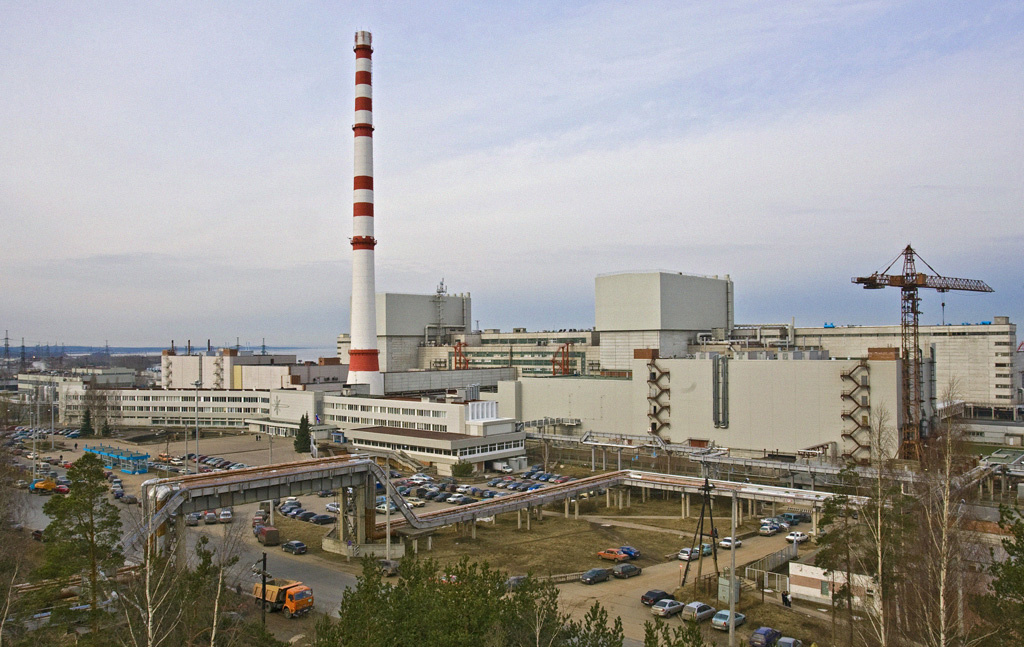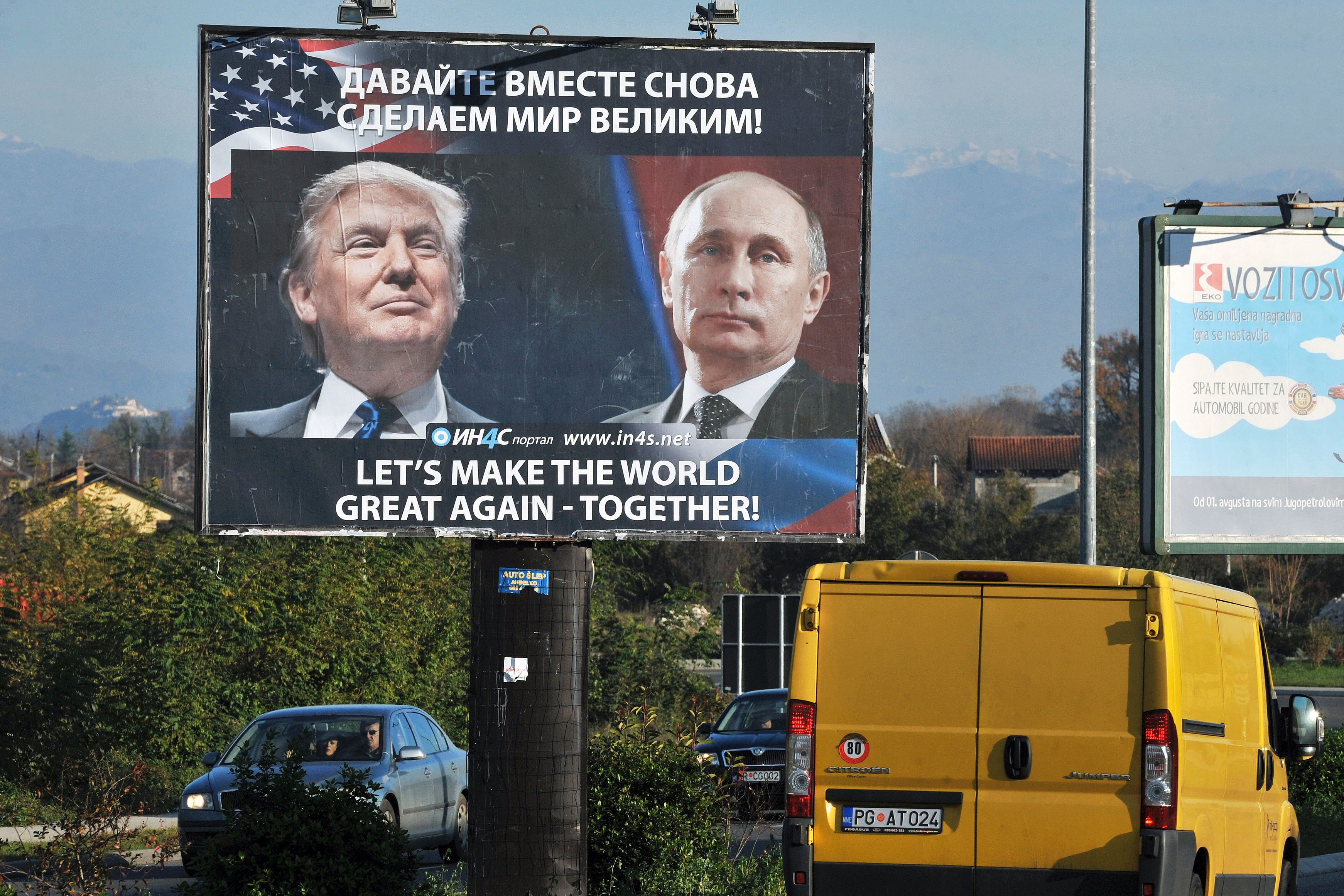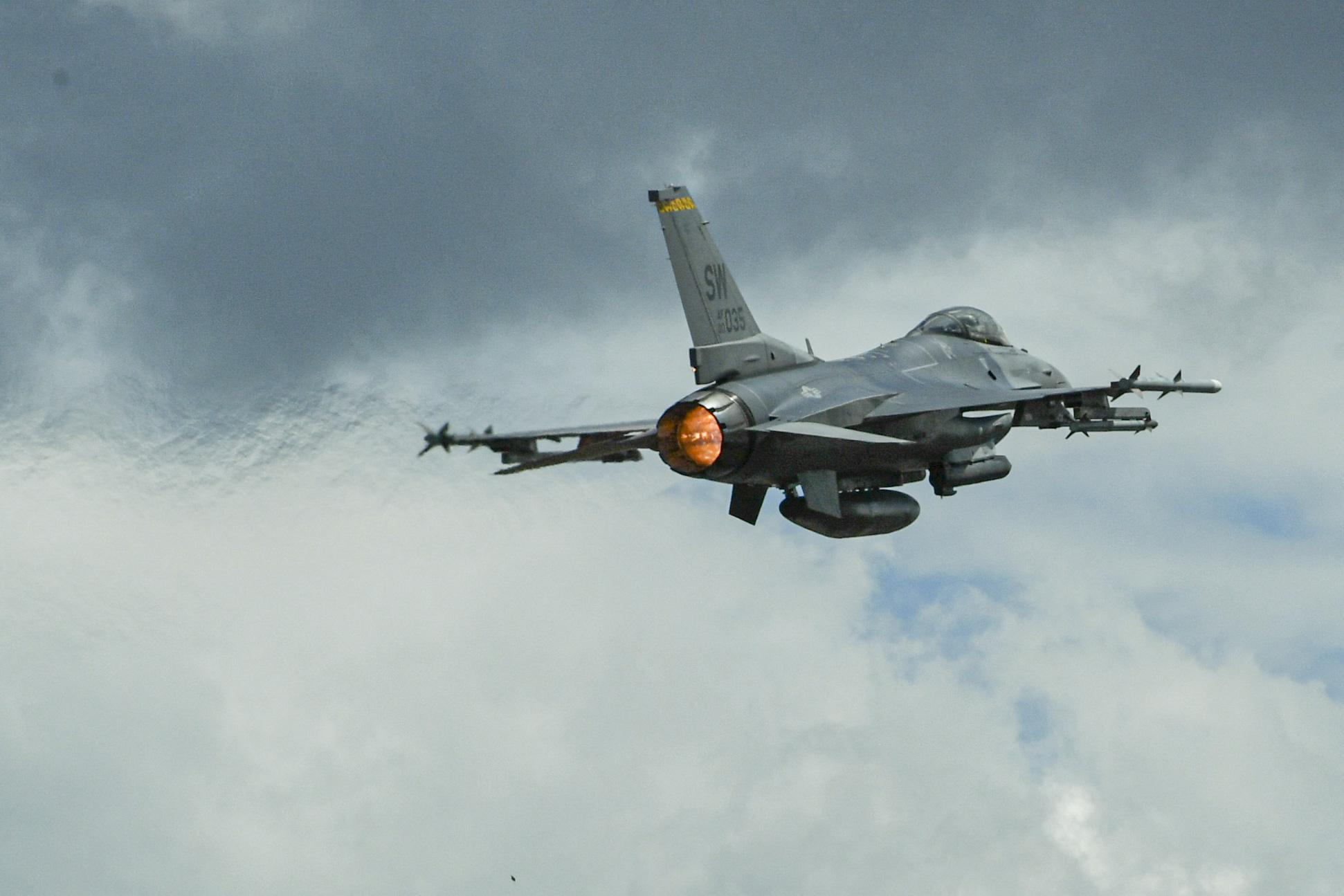Russia threatens ‘retaliation’ after U.S. declares plan to withdraw from arms treaty

- The 1987 Intermediate-Range Nuclear Forces Treaty (INF) was an agreement between the Soviet Union and the U.S. to ban mid-ranged, nuclear-tipped missiles.
- Both Russia and the U.S. have accused each other of violating the pact in recent years.
- As it stands, Russia has 60 days to return to terms agreed upon in the deal or the U.S. will withdraw from the pact.
Russian officials said Wednesday that the United States’ decision to withdraw from a long-standing arms agreement would be met with “retaliation” from Moscow in the form of developing new, previously banned nuclear weapons.
On Tuesday, Secretary of State Mike Pompeo declared that Russia is “in material breach” of the 1987 Intermediate-Range Nuclear Forces Treaty (INF) and the U.S. plans to withdraw from the pact in 60 days unless Russia falls back into compliance. The INF was a landmark agreement between the U.S. and former Soviet Union that banned mid-range, nuclear-tipped missiles, and resulted in the destruction of more than 2,500 missiles. Both nations have accused each other of violating the treaty multiple times since signing the pact.
In October, U.S. officials announced plans to withdraw from the treaty, alleging that Russia had been violating the treaty for years, particularly with its new SSC-8 ground-fired cruise missile. President Donald Trump said as much at a rally in October, and the comments ostensibly prompted Putin to later say that Russians will “go to heaven” in the event of nuclear war, while the “aggressors” — presumably Americans — will be annihilated and “won’t even have time to repent.”
On Wednesday, Putin said U.S. officials offer “no proof of violations on our side,” and noted that the U.S. has, for months, been researching the development of weapons banned under the treaty — though researching such weapons isn’t banned by the pact.
We are against destruction of the treaty,” Putin added. “But if it happens, we will react accordingly.
Why withdrawal could benefit the U.S.
With credible evidence suggesting Russia has for years been violating the INF and shows no signs of stopping, the U.S. has little to gain by sticking to the treaty as it stands. Withdrawal, it seems, could be the smarter play because it’d allow the U.S. to take up strategic positions in the Pacific, as Elbridge Colby, director of the defense program at the Center for a New American Security, wrote for the Washington Postin October.
The most compelling reason for withdrawal is that the United States could materially improve the military balance against China in East Asia by developing and deploying INF-noncompliant systems. China poses a much larger and more sophisticated long-term military threat than Russia, and U.S. strike options are more constrained by the geography of the Pacific. Washington would benefit from having the ability to deploy survivable land-based ballistic and cruise missile systems to provide a larger, more diverse and resilient greater strike capability in the event of a conflict in the western Pacific.
Nuclear arsenals of the U.S. and Russia
Although both nations don’t disclose the exact amount of nuclear weapons under their control, the Arms Control Association and Federation of American Scientists suggest the following numbers:
Russia
- Total nuclear weapons: ~6,800
- Total nuclear tests: ~ 715
- First tested: August 1949
- Most recent test: October 1990
United States
- Total nuclear weapons: ~ 6,550
- Total nuclear tests: ~ 1,030
- First tested: July 1945
- Most recent test: September 1992





